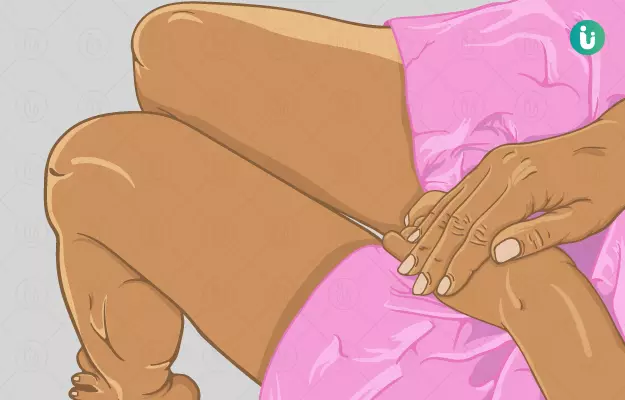Any pain occurring in the area of the vagina, that is, the opening below the opening of the urethra from where the menstrual fluid leaves the body, is called as vaginal pain. It may be a symptom of a severe underlying cause, like uterine fibroids (benign growths) or vaginal infection or inflammation or it may simply occur during sexual intercourse in some women.
More often, vaginal pain is associated with the menstrual cycle, particularly in younger girls. Pain during menstrual cycles or dysmenorrhoea is known to occur in more than half of the menstruating women. This pain is known to last for 1 to 2 days at the beginning of the cycle. Vaginal pain is often associated with vulvar pain in women. Vulva refers to the entire female genitalia including the clitoris, vagina and labia minora and labia majora.
This article will discuss the types, symptoms, causes and diagnostic methods of vaginal pain along with its treatment and prognosis.
Read more: Vagina and vaginal health











































